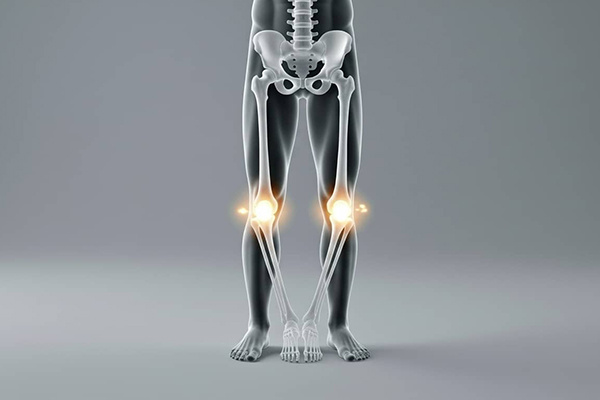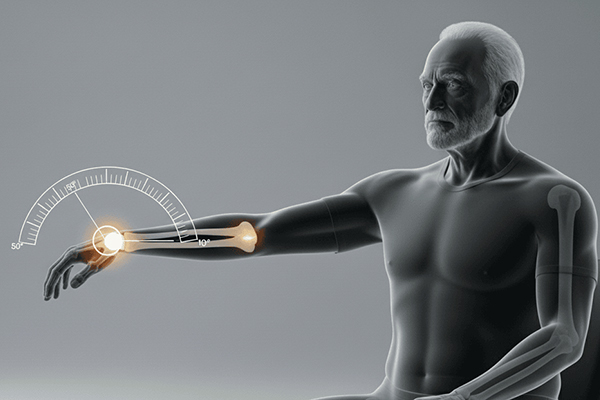PHYSIOEYE
AI-Driven Postural & Movement Intelligence for Early Orthopedic and Neurological Detection
PhysioEye is an advanced AI-Assisted Ergotherapy and Occupational Therapy assessment platform designed not only to measure range of motion and posture deviations with orthopedic-level accuracy, but also to predict potential musculoskeletal and neurological conditions through continuous monitoring and trend-based analysis. Unlike conventional assessment tools that capture only static moments, PhysioEye learns from every movement, generating a longitudinal biomechanical profile for each user. Research indicates that early deviations in joint symmetry and postural alignment can precede clinical diagnosis of neurological disorders by up to 18 months, and subtle ROM progression delays are linked to early musculoskeletal degeneration in 32% of geriatric patients. By integrating computer vision-based gait and posture analytics, smart angle tracking, and predictive modeling algorithms, PhysioEye enables pre-clinical detection of emerging risks such as Parkinsonian motor rigidity, early hip osteoarthritis, sacroiliac dysfunction, and spinal deformity progression. According to recent literature in AI-Powered Rehabilitation Science, continuous digital assessment improves early detection accuracy of orthopedic deterioration by up to 41% compared to single-time clinical evaluations. With GDPR-compliant anonymized analytics, EU AI Act-aligned transparency, and fully automated reporting for nursing home automation ecosystems, PhysioEye transforms passive screening into an active, intelligent early warning system for clinicians, therapists, and care environments.
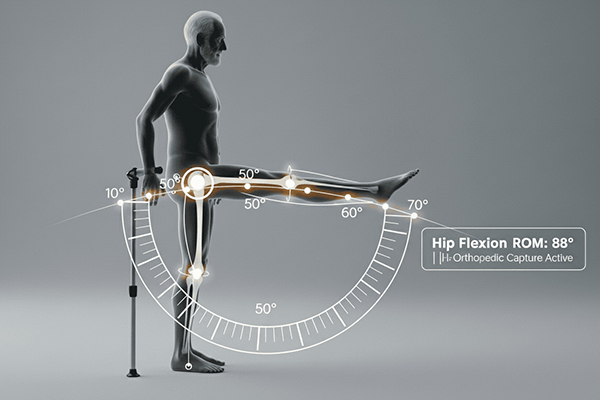
Hip Assessment – Flexion / Extension
Hip flexion and extension are core determinants of functional independence in seniors, directly affecting sitting, standing, and bed mobility. In traditional rehab workflows, measuring these movements manually using a goniometer consumes therapist time and introduces subjective error. PhysioEye transforms this process by using AI-Assisted Ergotherapy technology to automatically detect maximum hip flexion and extension angles without physical tools. The system aligns seamlessly with Nursing Home Automation protocols, where efficiency and accuracy are essential due to staff limitations. Designed for Robotic Assisted Occupational Therapy, it enables continuous data tracking over time, allowing caregivers to detect subtle mobility decline before it affects daily living abilities. This digital monitoring makes hip mobility assessment scalable, repeatable, and ideal for routine screening in senior care environments.
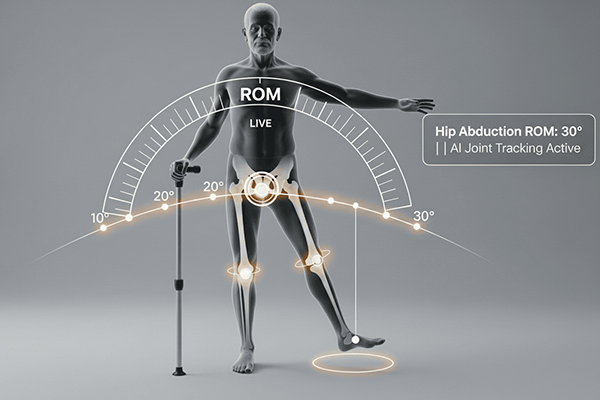
Hip Assessment – Abduction / Adduction
Hip abduction and adduction control side-to-side stability and play a vital role in balance, fall prevention, and gait safety. In AI-Assisted Occupational Therapy environments, these movements are crucial indicators for predicting lateral instability and hip muscle deterioration in elderly users. PhysioEye introduces automated lateral movement tracking, eliminating the need for constant therapist guidance or manual device alignment. By integrating this feature into Robotic Assisted Ergotherapy and Nursing Home Automation, caregivers can rapidly identify asymmetric movement patterns or neuromuscular decline. The system visually enhances understanding with real-time digital overlays, making clinical insight accessible even to non-specialist staff while still maintaining a professional rehabilitation standard.
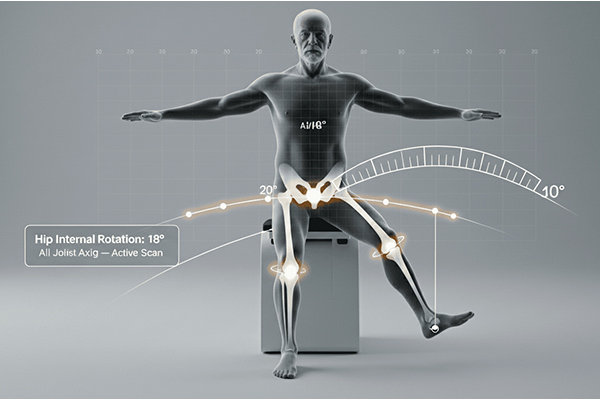
Hip Assessment – Internal / External Rotation
Hip rotational range is often overlooked in manual assessments due to the complexity of positioning and the time required for accurate goniometric reading. PhysioEye addresses this gap by introducing AI-Assisted Ergotherapy motion capture, which automatically identifies rotational endpoints with high precision. These metrics are essential in Nursing Home Automation systems to track early-stage hip joint stiffness, arthritis progression, or reduced functional control that increases fall risk. With Robotic Assisted Occupational Therapy integration, rotational testing becomes fast, repeatable, and effortless, empowering clinical teams to include rotational screening in routine assessments without increasing workload. This proactive approach brings a new level of insight to hip rehabilitation strategies for elderly care facilities.
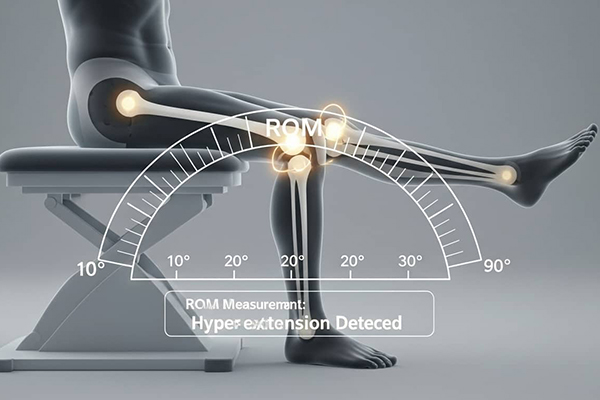
Knee Assessment – Flexion / Extension
Knee flexion and extension are among the most commonly evaluated movement ranges in rehabilitation centers, especially for fall-risk seniors and post-surgical patients. PhysioEye replaces traditional manual goniometers with AI-Assisted Occupational Therapy measurement technology, capturing movement automatically within seconds. This feature is highly valuable in Nursing Home Automation workflows, where precise knee tracking supports early identification of mobility decline before it leads to instability or falls. By embedding knee assessment into Robotic Assisted Ergotherapy routines, PhysioEye ensures consistent documentation without therapist fatigue, making it ideal for long-term monitoring in both clinical and residential care environments.
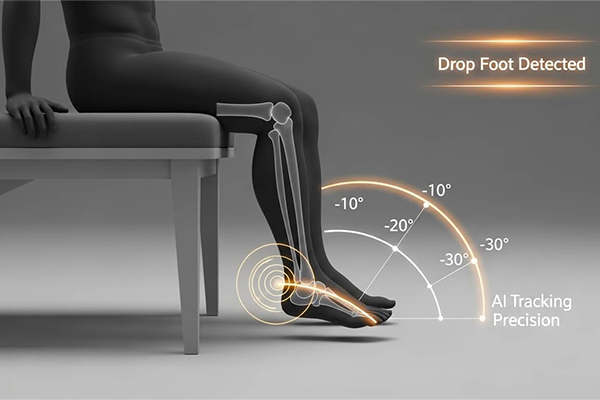
Ankle & Gait – Dorsiflexion / Plantarflexion & Future Gait AI
Ankle mobility influences gait quality, step clearance, and fall prevention, making it a critical metric in AI-Assisted Occupational Therapy and Nursing Home Automation systems. PhysioEye measures dorsiflexion and plantarflexion automatically, tracking deviations that may signal drop foot or neuromuscular decline. Future updates with gait symmetry AI will empower Robotic Assisted Ergotherapy platforms to analyze left-right loading balance and step compensation patterns. This enables automated alerts when an elderly individual begins showing altered gait strategies, allowing early intervention without waiting for physical therapist availability. The contactless design makes it suitable for frequent screening in senior living communities and rehabilitation facilities.
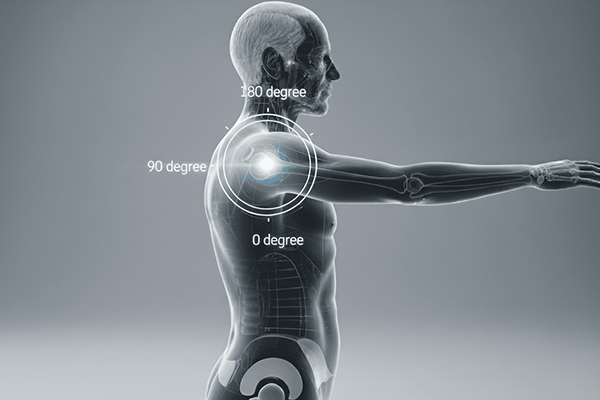
Shoulder Flexion / Extension
The Shoulder Flexion and Extension Assessment in PhysioEye brings a new era of AI-Assisted Occupational Therapy and Robotic Assisted Ergotherapy designed specifically for nursing home automation and modern rehabilitation centers. Traditional goniometer-based shoulder ROM assessments are time-consuming and highly dependent on clinician positioning and experience, often leading to inconsistency in geriatric care. With PhysioEye, a single operator—medical or non-medical—can capture highly accurate flexion and extension ROM without manual alignment, thanks to AI-driven motion analytics. This feature integrates seamlessly into digital rehabilitation strategies, supporting remote monitoring and automated data logging for each session. For nursing home automation, this transforms assessment into a touchless, efficient, and standardized workflow that can be repeated across hundreds of residents with minimal staff load. In Robotic Assisted Ergotherapy, shoulder mobility tracking is crucial for early detection of adhesive capsulitis, post-stroke stiffness, and age-related decline. PhysioEye ensures that these assessments are recorded with medical-grade precision, providing accessible reports for multidisciplinary teams. By integrating digital ROM tracking into AI-Assisted Occupational Therapy, caregivers can track therapy progress, detect plateau phases, and optimize treatment plans proactively. This digital transformation replaces subjective judgment with quantifiable rehabilitation intelligence.
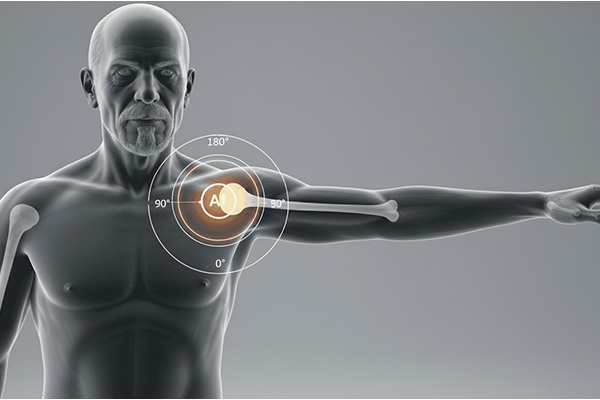
Shoulder Abduction / Adduction
The Shoulder Abduction and Adduction Assessment with PhysioEye empowers AI-Assisted Ergotherapy by automatically capturing lateral mobility changes, which are critical for independence in dressing, grooming, and daily activities. In many nursing home automation programs, lateral shoulder function is overlooked due to time constraints and limited staffing. PhysioEye changes this by offering instant digital measurement without straps, markers, or wearable sensors. Unlike conventional methods that require dual-hand goniometer positioning and manual stabilization, Robotic Assisted Occupational Therapy through PhysioEye eliminates human error and provides synchronized motion capture analytics. The platform gives direct insight into compensatory trunk lean, scapular hiking, and asymmetric arm engagement, which are often missed in traditional evaluations. Because abduction/adduction is closely associated with fall-prevention strategies and upper body balance, digital screening helps identify residents at risk of functional decline early. For therapists practicing Robotic Assisted Ergotherapy, this feature enhances clinical decision-making, enabling accurate comparison between sessions through cloud-synced ROM histories. With automation, nursing homes no longer struggle with inconsistent charting or missing data, turning each movement into a documented metric for insurance justification and long-term care planning.
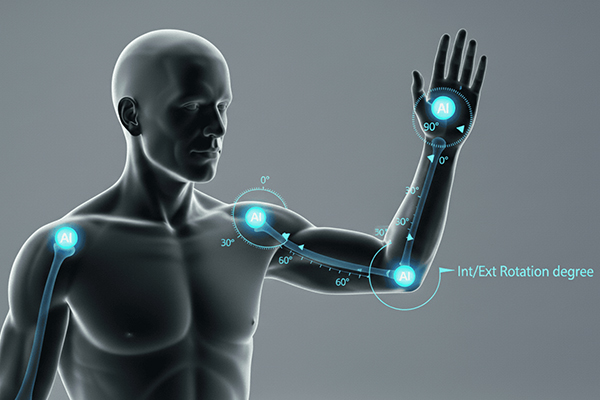
Shoulder Internal / External Rotation
PhysioEye transforms shoulder internal and external rotation analysis into a high-precision, AI-Assisted Occupational Therapy experience that aligns with modern nursing home automation standards. These rotational movements are vital for dressing, hygiene tasks, and behind-the-back reach, yet they are the most difficult motions to measure manually due to small angular differences and compensatory torso rotation. With Robotic Assisted Ergotherapy, PhysioEye isolates true glenohumeral rotation and provides visual alignment overlays that detect substitution patterns in real time. This allows nursing home staff to quickly differentiate between actual joint limitation and improper movement execution—something nearly impossible with a manual goniometer. The AI engine generates trend analysis over time, helping care teams flag early functional regression common in residents with arthritis, Parkinson’s disease, and neurological conditions. Every session becomes part of a digital mobility passport, automatically logged and ready for compliance audits or tele-rehabilitation consultations. By integrating automated rotational screening into daily workflows, nursing home automation becomes truly intelligent, reducing dependence on therapist positioning and increasing focus on clinical interpretation instead of measurement tasks.
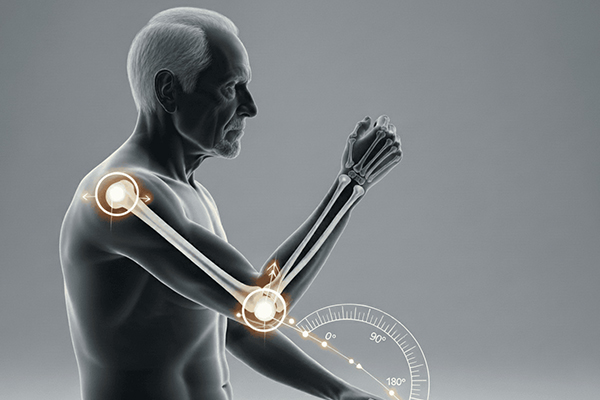
ELBOW & UPPER LIMB FLEXION / EXTENSION
The Elbow Flexion and Extension Assessment via PhysioEye introduces a groundbreaking approach to upper limb analytics in Robotic Assisted Occupational Therapy and AI-Assisted Ergotherapy for seniors and long-term care environments. Proper elbow mobility is essential for feeding, personal hygiene, and wheelchair propulsion, yet manual assessment is often neglected in busy nursing home routines. PhysioEye enables a fully automated, contactless evaluation where ROM angles are captured with digital precision, and compensatory shoulder or trunk movements are recognized instantly by the AI. With nursing home automation, PhysioEye eliminates the need for specialist supervision, empowering even caregivers or support staff to conduct consistent upper limb assessments. The platform identifies subtle extension deficits and contractures that may indicate early neuromuscular decline. These metrics feed into Robotic Assisted Ergotherapy databases, allowing progressive tracking and individualized therapy adjustment. Traditional assessment only offers a snapshot in time, but PhysioEye delivers continuous functional analytics that support decision-making across occupational therapy teams, rehabilitation physicians, and remote tele-therapy networks.
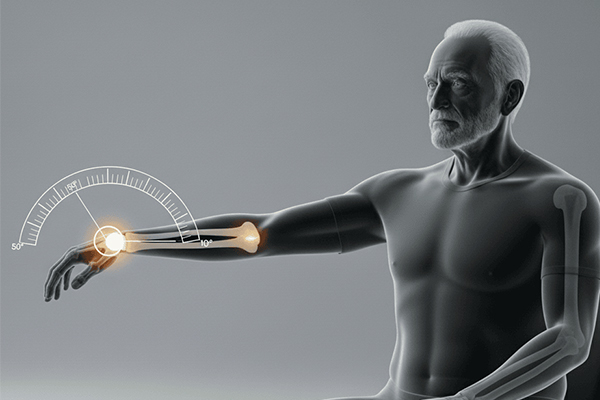
Wrist Assessment – Flexion / Extension
ErgoBot supports robotic assisted ergotherapy to restore wrist flexion and extension function.Nursing home automation ensures fine-motor training is not neglected due to staff limitations.Robotic assisted occupational therapy enhances hand control essential for ADLs.The movement helps prevent stiffness and maintain tendon gliding.Active-resistive features encourage muscle re-education.Robotic assisted nursing home facilities can scale therapy delivery efficiently.Smooth robotic guidance increases compliance and safety.A valuable component for comprehensive upper-limb rehabilitation in aging populations.

Wrist Assessment – Radial / Ulnar Deviation
The Wrist Radial and Ulnar Deviation Assessment in PhysioEye provides unmatched capability in detecting lateral deviation constraints that affect dressing, object manipulation, and fall-prevention grip response. In AI-Assisted Ergotherapy, subtle lateral wrist motions are key indicators of neuromuscular health but are rarely analyzed due to technical difficulty in manual measurement. PhysioEye uses Robotic Assisted Occupational Therapy methodologies to capture angular deviation with a three-dimensional joint tracking system, offering clinicians a real-time motion visualization interface. In nursing home automation, this allows quick group screenings without requiring full clinical setup or manual stabilizers. Lateral motion asymmetry can signal unilateral deterioration—common in early stroke, Parkinsonian syndromes, and osteoarthritis progression. By digitally storing deviation curves, PhysioEye supports predictive modeling that warns caregivers when deviation range drops beyond established AI thresholds. This intelligent alert system transforms passive measurement into active clinical insight, driving early intervention and structured occupational therapy programs that directly target declining hand function.
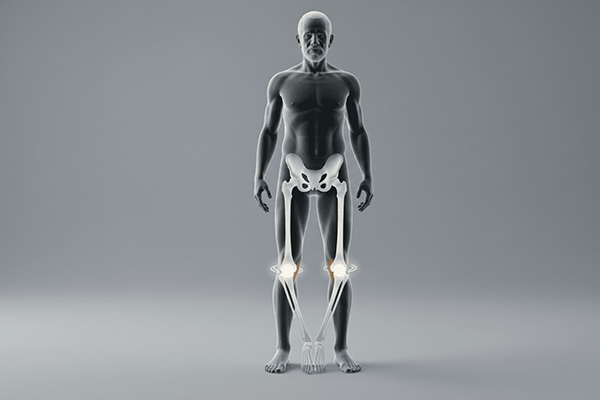
Bow Legs (Genu Varum)
The Bow Legs Postural Screening module in PhysioEye delivers advanced AI-aligned orthopedic evaluation tailored for nursing home automation and long-term care efficiency. Traditional screening for genu varum requires orthopedic expertise and manual measurement of inter-knee distance or tibial alignment angles, which is impractical in daily nursing home workflow. PhysioEye addresses this by utilizing AI-Assisted Occupational Therapy principles, generating a digital skeletal overlay that measures alignment deviation without any physical markers. This feature deeply enhances Robotic Assisted Ergotherapy, where postural alignment is crucial for safe weight-bearing exercises and fall prevention strategies. The system flags asymmetry progression over time, providing critical insight before mobility impairment becomes clinically visible. With automation, nursing homes can integrate postural screenings into admission, periodic check-ups, and rehabilitation tracking without specialist overhead. Each detected bow-leg deviation is archived with timestamped imaging, supporting audit trails, insurance compliance, and interdisciplinary care coordination between orthopedists, therapists, and remote telemedicine teams.
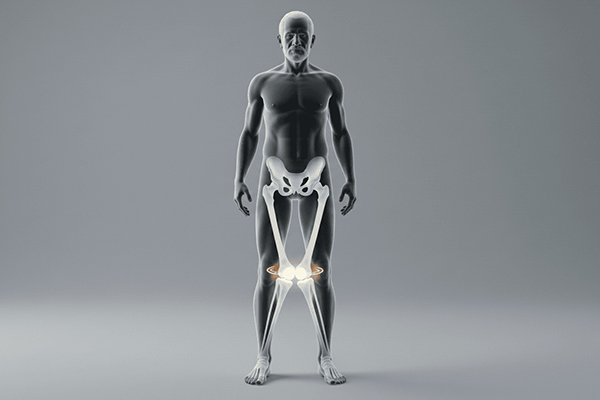
Knock Knees (Genu Valgum)
The Knock Knees Screening capability in PhysioEye enhances nursing home automation by allowing mass postural assessment with zero-contact AI measurement. Early detection of genu valgum is essential to prevent medial knee stress, compensatory hip rotation, and future fall risk, especially in frail elderly populations. Unlike traditional goniometer or tape-based gap measurement, AI-Assisted Occupational Therapy via PhysioEye captures precise angular misalignment using depth analysis and skeletal mapping technology. In Robotic Assisted Ergotherapy, this measurement integrates seamlessly with weight distribution tracking and lower limb rehabilitation programs, ensuring that exercises are not performed in compromised biomechanical alignment. This automated detection also acts as a pre-rehabilitation safety indicator, alerting caregivers when an elderly participant requires orthopedic support before strength training or gait training sessions. With automated report generation, caregivers and therapists receive a structured deviation report that can be shared across multi-disciplinary care systems without manual documentation work.
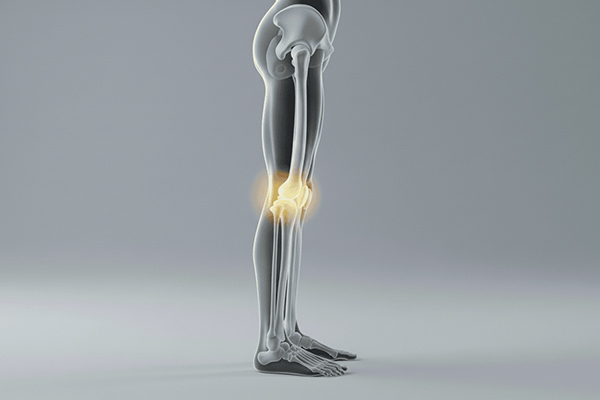
Genu Recurvatum (Knee Hyperextension)
The Genu Recurvatum Screening feature of PhysioEye revolutionizes how knee hyperextension is detected in the elderly through a seamless AI-Assisted Occupational Therapy workflow integrated into nursing home automation infrastructure. Traditional visual screening of hyperextended knees relies on subjective clinician judgment and is often missed during rapid mobility assessments. With PhysioEye’s Robotic Assisted Ergotherapy scanning system, knee alignment is captured in a fully digital standing posture analysis, highlighting even subtle hyperextension angles that indicate ligament laxity or neuromuscular compensation. This early warning system is essential in preventing joint degeneration and unstable gait patterns commonly seen in seniors with sarcopenia or post-stroke adaptations. For nursing homes, this means that a single digital scan can replace multiple manual assessments, reducing staff workload while improving diagnostic quality. The system automatically logs recurrent deviations, flagging increasing hyperextension trends over time to support proactive therapy adjustments. This enhances safety during robotic-assisted or resistance-based exercises, ensuring hyperextension is corrected before loading the joint during therapy.
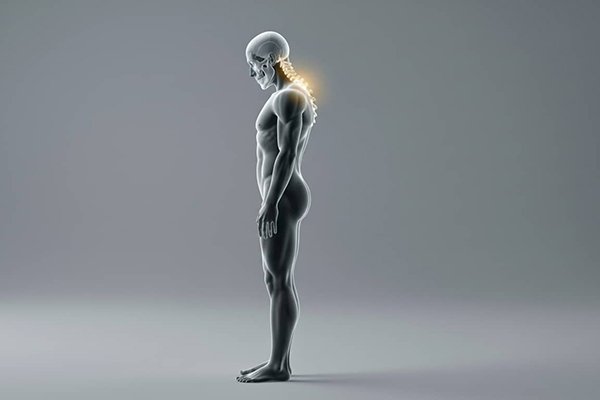
Forward Head Posture
The Forward Head Posture Detection in PhysioEye brings advanced cervical and thoracic alignment intelligence to AI-Assisted Ergotherapy ecosystems, making it a core element of nursing home automation for postural health monitoring. Forward head posture is a leading cause of cervical pain, balance instability, and proprioceptive deficit in the elderly—but is rarely measured quantitatively in traditional care models. PhysioEye applies Robotic Assisted Occupational Therapy alignment scanning to detect anterior cranial displacement in real time, using AI to compare posture against ideal anatomical baselines. This empowers caregivers and therapists to identify high-risk residents who may develop neuro-musculoskeletal complications or increased fall risk due to compromised head positioning. Automated trend analysis enables early therapeutic intervention, ergonomic seating adjustment, and targeted cervical retraining before symptoms escalate. By removing the need for manual plumbline or visual assessment, nursing homes gain a standardized digital posture registry, ensuring every resident's cervical alignment is tracked with medical precision and documented for compliance and care planning.
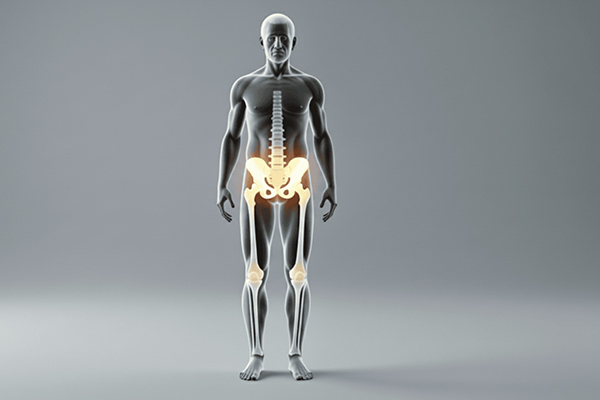
Pelvic Tilt
The Pelvic Tilt Assessment in PhysioEye is a critical diagnostic module that enables AI-Assisted Occupational Therapy teams to monitor core postural foundation with automation. Pelvic tilt imbalances lead to compensatory spinal curvature, gait asymmetry, and chronic lower back stress—issues that significantly reduce mobility in long-term care residents. Through Robotic Assisted Ergotherapy alignment mapping, PhysioEye detects anterior and posterior pelvic tilts by analyzing hip crest alignment relative to lumbar posture in a single scan. In nursing home automation, this creates a revolutionary process where pelvic alignment is measured instantly without requiring a physiotherapist to manually palpate anatomical landmarks. This hands-free digitized assessment allows non-medical staff to routinely capture alignment metrics, supporting large-scale screenings and targeted therapy program personalization. Over time, the AI generates predictive analytics that flag progressive pelvic deviation, making it possible to intervene with balance training, gait correction, or lumbar stabilization exercises before the condition worsens.
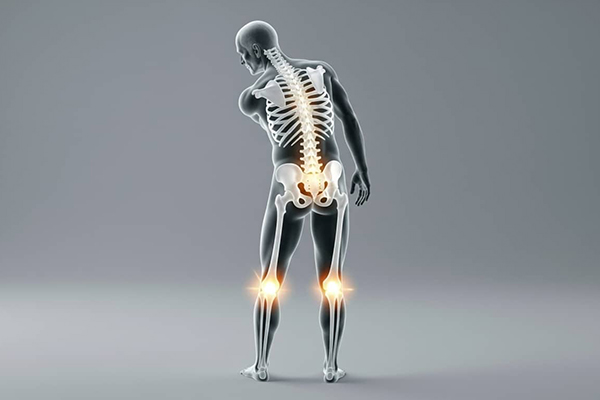
Trunk Deviation (Lateral Lean / Coronal Imbalance)
The Trunk Deviation Detection capability of PhysioEye introduces an advanced posture intelligence layer to Robotic Assisted Occupational Therapy workflows, enhancing safety and precision in geriatric rehabilitation. Trunk leaning is a high-risk compensatory strategy seen in frail residents and stroke survivors, but manual detection often lacks quantitative reliability. By integrating AI-Assisted Ergotherapy algorithms, PhysioEye digitizes coronal plane alignment and immediately notifies caregivers of lateral imbalance that may increase fall probability. This function supports nursing home automation by embedding postural scanning into admission assessment, routine follow-up, and robotic-assisted exercise sessions. Instead of relying on subjective observation, each deviation is captured with skeletal tracking and documented in an auto-generated posture health record. This empowers therapy teams to adjust exercise intensity, seating ergonomics, and neurological training strategies with data-backed precision. The device also visually highlights the direction and severity of trunk deviation on screen, making it an educational tool for both patients and staff.
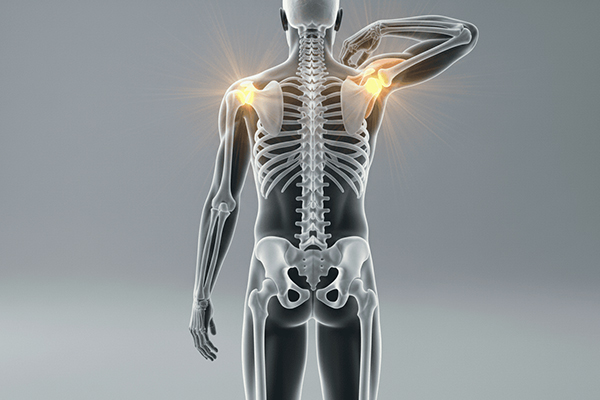
Shoulder Misalignment (Uneven Scapular / Clavicular Alignment)
The Shoulder Misalignment Detection module in PhysioEye elevates AI-Assisted Occupational Therapy by offering a detailed scapular and clavicular symmetry analysis within an automated nursing home automation framework. Uneven shoulder height is a common yet often overlooked indicator of neurological imbalance, muscular compensation, scoliosis initiation, or post-stroke asymmetry. Traditional assessment requires orthopedic expertise and visual accuracy under controlled positioning. PhysioEye replaces this with Robotic Assisted Ergotherapy digital scanning, isolating shoulder elevation data and comparing bilateral alignment using precise anatomical landmark modeling. Each scan generates a visual asymmetry index and stores data longitudinally, enabling therapists to quickly identify trends and adapt rehabilitation strategies accordingly. In nursing homes, this dramatically reduces evaluation time, allowing quick screenings before starting upper limb training or resistance sessions. AI-assisted visualization helps engage patients by showing live correction goals, transforming passive measurement into active rehabilitation participation.
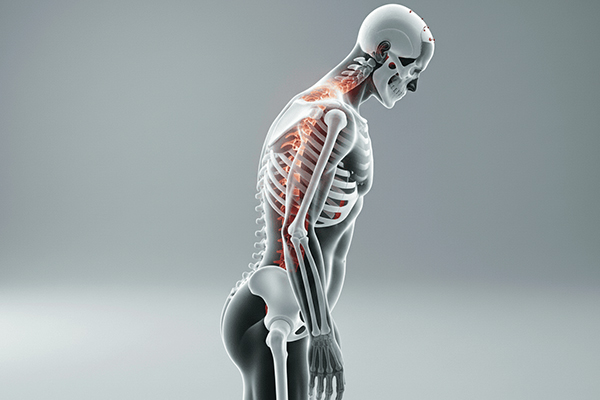
Kyphosis (Thoracic Rounding)
The Kyphosis Screening function of PhysioEye is designed to transform spinal posture evaluation in modern nursing home automation rehabilitation pathways. Age-related thoracic rounding is linked to compromised breathing mechanics, increased fall risk, and decreased functional reach range in seniors. However, kyphotic curvature is often monitored visually without quantified documentation. PhysioEye introduces AI-Assisted Ergotherapy curvature mapping, offering precise thoracic angle measurement with no markers or physical contact. With Robotic Assisted Occupational Therapy integration, this feature supports posture correction programs by detecting even small progression in thoracic rounding over time. Nursing homes gain a strategic advantage by embedding posture documentation into routine assessment, ensuring full compliance with rehabilitation tracking standards and improving interdisciplinary communication between occupational therapy, physiotherapy, and orthopedic consultants. Each kyphosis scan automatically generates a structured report usable for reimbursement justification and long-term care documentation.
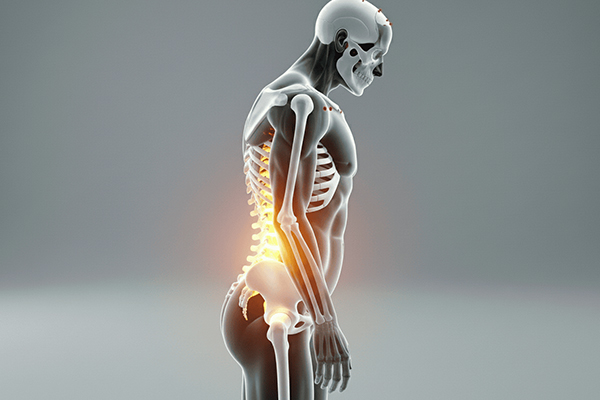
Lordosis (Lumbar Spine Curvature)
The Kyphosis Screening function of PhysioEye is designed to transform spinal posture evaluation in modern nursing home automation rehabilitation pathways. Age-related thoracic rounding is linked to compromised breathing mechanics, increased fall risk, and decreased functional reach range in seniors. However, kyphotic curvature is often monitored visually without quantified documentation. PhysioEye introduces AI-Assisted Ergotherapy curvature mapping, offering precise thoracic angle measurement with no markers or physical contact. With Robotic Assisted Occupational Therapy integration, this feature supports posture correction programs by detecting even small progression in thoracic rounding over time. Nursing homes gain a strategic advantage by embedding posture documentation into routine assessment, ensuring full compliance with rehabilitation tracking standards and improving interdisciplinary communication between occupational therapy, physiotherapy, and orthopedic consultants. Each kyphosis scan automatically generates a structured report usable for reimbursement justification and long-term care documentation.















